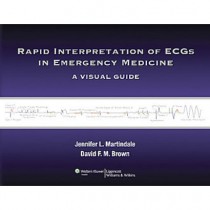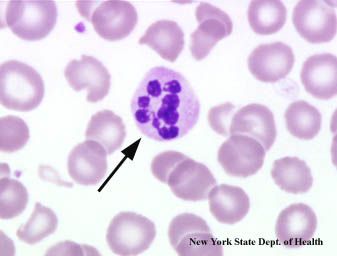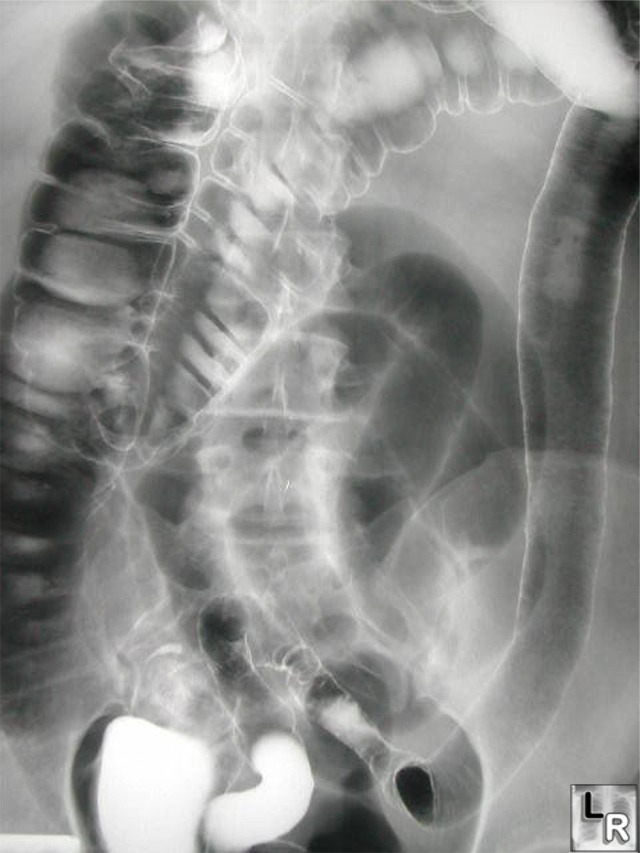Category: Internal Medicine
-

Teach Yourself Dermatology!
You can become good to excellent at dermatology with the aid of no more than three books: Andrews’ Diseases of the Skin: Clinical Dermatology, 11e (2011): this book is king when it comes to a profoundly medicine-based understanding of dermatology. I seldom, if ever, recommend textbooks – and this one is more than 1210 pages…
-

Book Review: Rapid Interpretation of ECGs in Emergency Medicine
I don’t have any electrocardiography books on my list of best medical books of all time. There are a few contenders for that spot. One of them is Rapid Interpretation of ECGs in Emergency Medicine: A Visual Guide (2012) by Drs. Jennifer Martindale and David Brown. The book is basically a marked-up atlas of important,…
-

Hypoxia: Critical but Often Poorly Understood Concepts
Hypoxemic Hypoxia Arterial hypoxemia almost always points to either a reduction of the inspired oxygen tension or to a lung problem. When troubleshooting a hypoxemic patient, it sometimes helps to investigate the problem by breaking it down in an organized and stepwise fashion: Hardware and access issues: these are more or less obvious plumbing problems which…
-

Macrocytic Anemia: The Workup
The workup for macrocytic anemia should include some or all the following: Peripheral blood smear Hypersegmented neutrophils and macroovalocytes → B12 or folate deficiency. Pancytopenia → advanced B12 deficiency Target cells → chronic liver disease (anemia and thrombocytopenia are also seen). Pseudo-Pelger-Huët cells → myelodysplastic syndrome. For vitamin B12 deficiency Vitamin B12 levels Methylmalonic acid and…
-

Seronegative spondyloarthropathies
Introduction Among the thousands of patients whom you might want to diagnose with mechanical low back pain, one or two might actually have one of the seronegative spondyloarthropathies, an important group of systemic diseases, which requires careful and particular management. The seronegative spondyloarthropathies are: Seronegative (= negative for rheumatoid factor and anti-citrullinated protein antibodies) Spondyloarthropathies…
-

Inflammatory Bowel Disease: Crohn’s Versus Ulcerative Colitis
The best way to appreciate and remember the differences between Crohn’s disease and ulcerative colitis, both inflammatory bowel diseases, is to juxtapose them and compare them in a pairwise fashion: Transmural vs. Mucosal Only Transmural: This is the most important distinguishing feature of Crohn’s disease. The transmural nature of the disease is what leads to…
-
Meningitis: How to Answer “Best Next Step” Questions
If, on a standardized test, you are asked what’s the “best next step” in the management of a patient with suspected meningitis, prioritize thusly: Droplet precautions if Neisseria meningitidis is suspected (this comes first for public health reasons) Administer acyclovir if HSV meningitis is suspected (there’s no reason to delay this) Draw blood cultures (because…